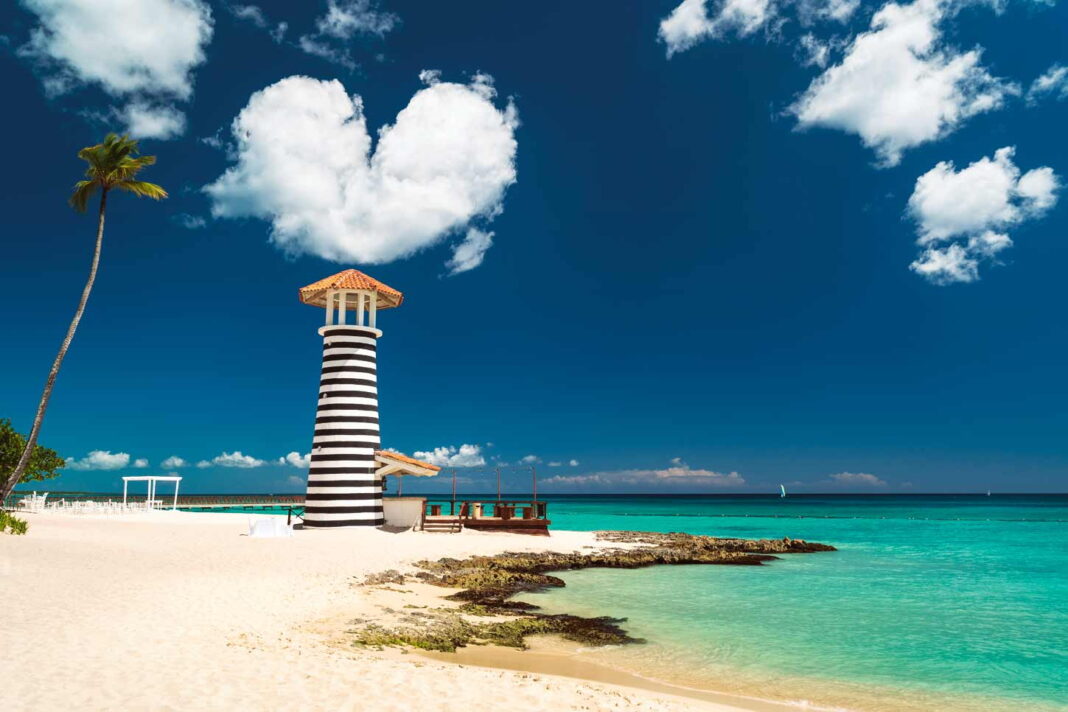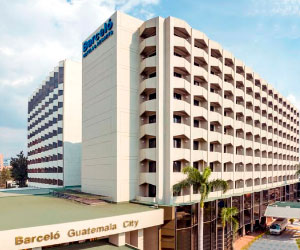In a global context marked by rising tensions and conflicts, the Dominican Republic ranks among the most peaceful countries in Latin America and the Caribbean, a region facing persistent challenges in terms of security, internal conflicts, and institutional stability.
This is reflected in the 2025 edition of the Global Peace Index, which ranks it in 79th place out of 163 countries, with a score of 1,996, representing a six-place improvement compared to the previous measurement and significantly exceeding the regional average.
Taking into account the data published in the report prepared by the Institute for Economics and Peace, the Caribbean country stands out as the second most peaceful in Central America and the Caribbean, between Costa Rica (54) and Panama (84).
This document, published last June, places the country among 62 countries with a medium-level ” state of peace” and 74 countries that have made progress.
The exception among regional setbacks
Overall, the Central and North American region (which includes the Caribbean in this index) recorded a slight deterioration of 0.7% in its peace levels, driven by increased internal conflicts in some countries, persistent crime, and higher levels of militarization.
However, the Dominican Republic was one of the few positive exceptions.
It ranks third in Central America and North America, and seventh on the continent as a whole. In the Caribbean, it surpassed neighboring islands such as Jamaica (93), Cuba (102), and Trinidad and Tobago (89), countries that experienced significant declines in their levels of peace due to the increase in criminal violence and institutional weaknesses.”
Although the report doesn’t break down details country by country, the Dominican Republic scored highest on the militarization index (1,588, 31st) and the absence of internal and international conflicts (1,604). However, it had the lowest scores in terms of social and citizen security (2,538, 101st out of 163).
Indicators
The document also does not detail the specific causes of the Dominican advance, but experts from the institute point to regional trends that may have worked in its favor: a decrease in the perception of crime, slight improvements in homicide rates, and relatively stable control of public institutions, without an excessive increase in military spending or militarization.
“Countries that manage to maintain institutional stability, contain criminal violence, and avoid being dragged down by military pressure tend to improve their relative position,” the report states.
Haiti, the least peaceful
On the other hand, Haiti remains in 141st place. It is positioned as “the least peaceful country” in the region, despite improvements in the score, according to the report, which have led to the creation of a transitional presidential council in that nation.
The report attributes this to the crisis in the country following the 2021 assassination of its president, Jovenel Moïse, as well as skyrocketing violent crime rates, “a rampant gang activity.”
“Furthermore, the UN, with Kenyan-led peacekeepers, helped curb the rising gang violence that had previously paralyzed economic activity and displaced more than 700,000 people; these combined efforts have contributed to a modest stabilization of the political landscape,” according to the Institute for Economics and Peace.
Contrasts in the region
The report also reflects the region’s inequalities. Regionally, the Caribbean and Central America continue to face enormous challenges of urban violence and organized crime, while South America grapples with social protests, territorial conflicts, and political polarization.
Like the Dominican Republic, several Latin American countries, including Peru and Argentina, have also made progress toward peace. In contrast, others, such as Venezuela, Colombia, and Brazil, remain among the most affected by violence and instability.
While Costa Rica continues to lead the way with a traditionally peaceful policy, Haiti is trying to recover from political and social chaos, and Jamaica and Trinidad and Tobago recorded notable drops in the rankings, affected by a surge in armed violence and organized crime. Cuba also fell slightly, highlighting the region’s difficulties in consolidating sustainable progress in peace.
Recommendations
The Dominican Republic, for its part, shows that improvement is possible even in a challenging environment.
Maintaining this trajectory will require consolidating democratic institutions, strengthening crime prevention policies, and avoiding the diversion of resources toward excessive militarization, as these factors tend to weaken social cohesion, the study warns. (https://dominicantoday.com/dr/local/2025/07/13/dominican-republic-the-second-most-peaceful-country-in-central-america/)



































